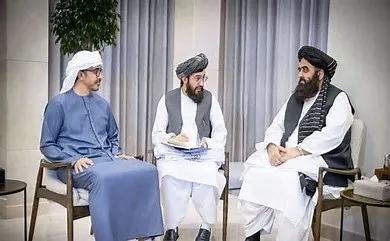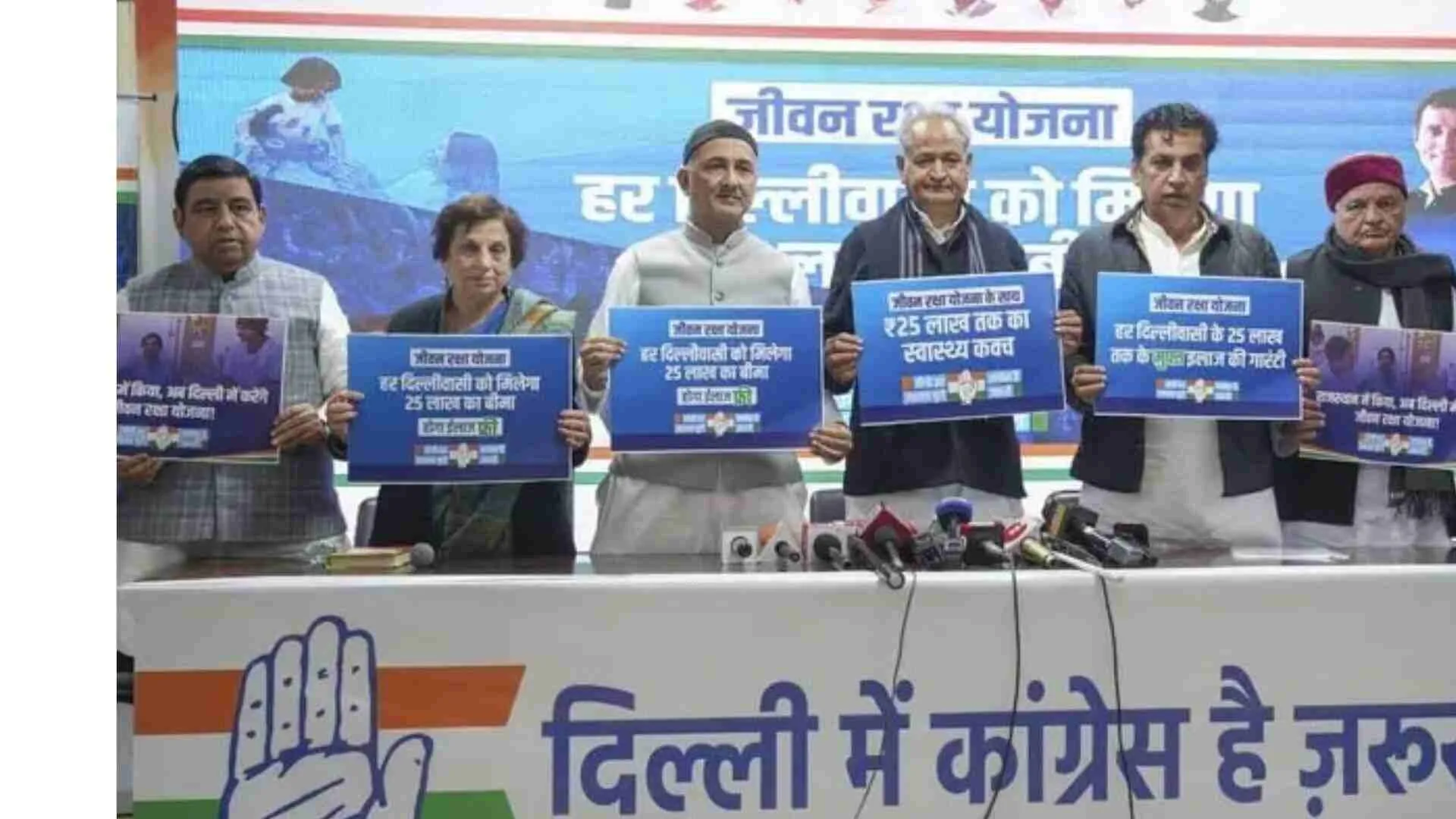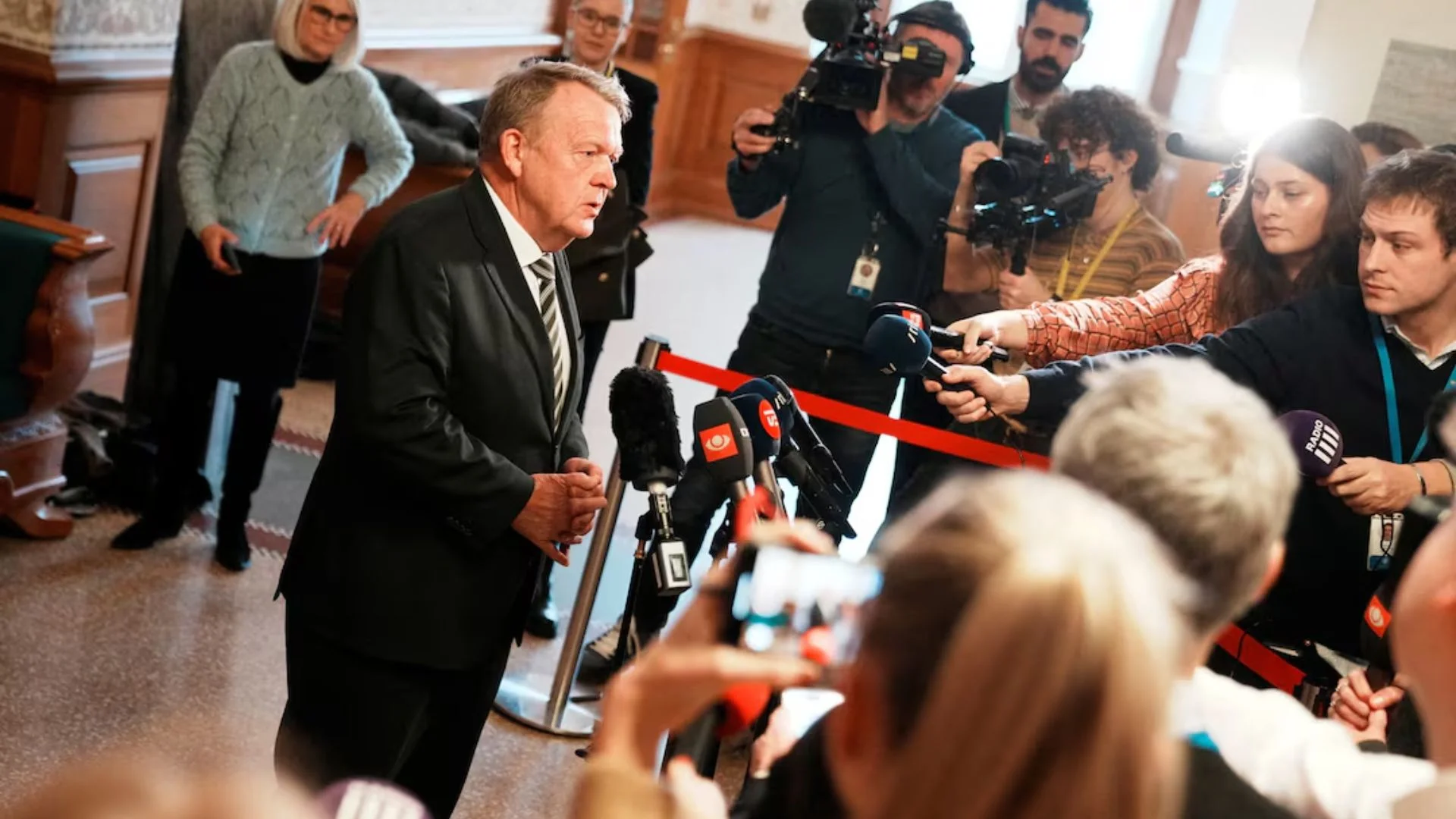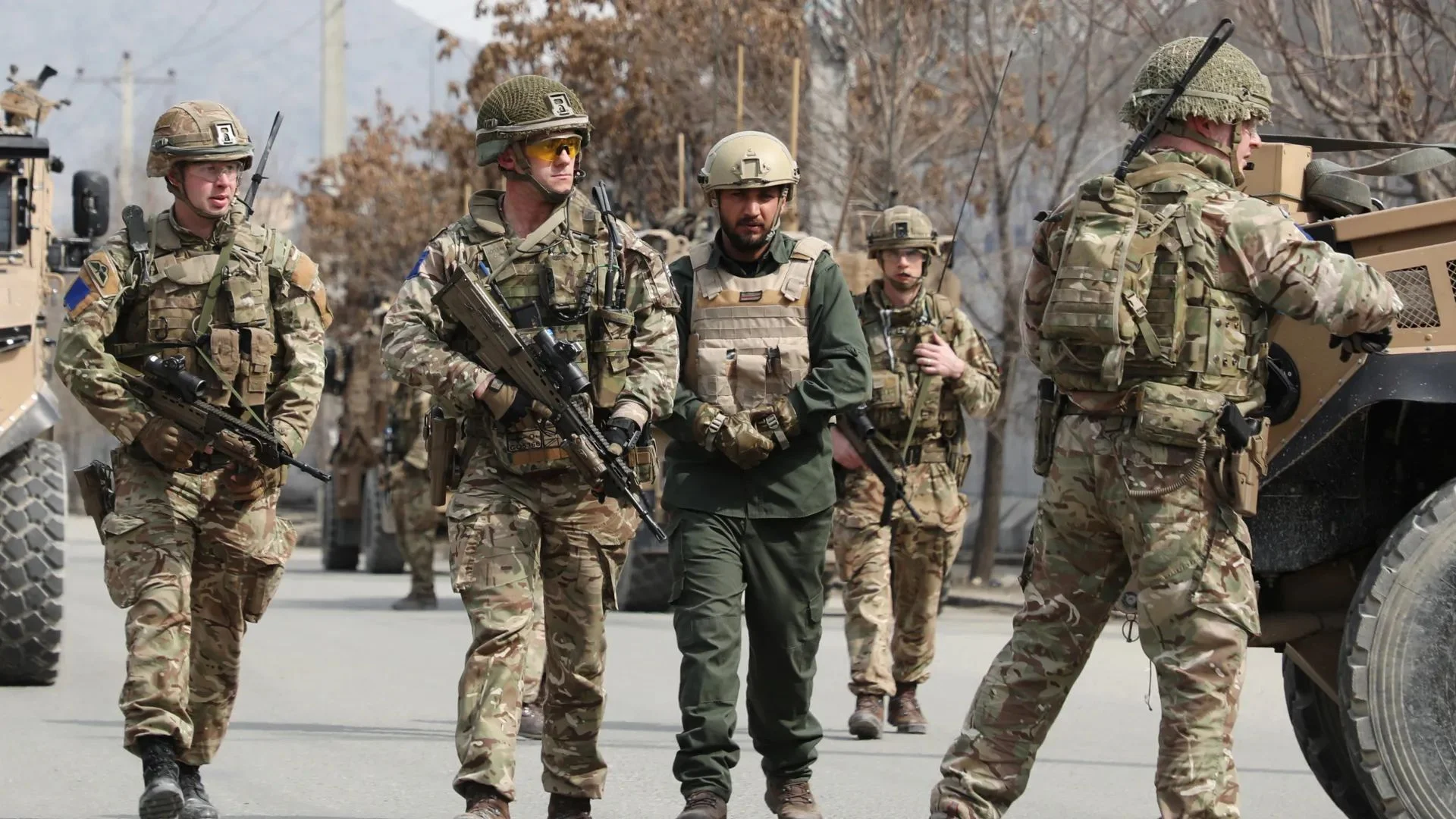The Vedas offer a fairly liberal stance on the role of a woman. The access to power for women during Vedic time period is evaluated by the perception of women, education freedom, marriage rituals, and economic freedom, as depicted by the Rig Veda, the first Vedic scripture.
In the Rig Veda words such as independent, loving, happy, tolerant, preserver of truth, scholar, learned, and glorious are used to describe women. From a spirituality lens, measuring a woman’s portrayal to its proximity to that of an enlightened person, it is evident that the Vedic scripture places respect for women higher than for men. During this time period the spiritual essence of the preceding tantric individualist society is still preserved, while there are hints towards men indulging in materialistic behaviours.
This idea of an enlightened woman exists beyond the ideological realm, and also bears fruit in the physical realm. To start off, there are prayers for a scholarly daughter in the Vedas. Young girls were given the choice to be initiated into Vedic studies.
Many women specialized in Mimamsa the study of epistemology and metaphysics. Women scholars who picked up this field were referred to as kasakritsnas. The coining of a special word suggests that a large number of women received education. Stories from the scriptures speak of even co-education.
But, how were women treated in the educational spheres? Were they allowed to exercise power? These questions are answered by looking at the case of Priestess Gargi Vachaknavi. Priestess Gargi participates in a philosophical debate challenging a learned man. The descriptions of the nature of her conversation does not draw any gender-oriented criticism. In the Vedas, there is a reference to unmarried women “Amajuh, one who grows old in (one’s parents’) house”. This reference suggests that unmarried women weren’t ostracized from society, but rather found a home in her parent’s house, similar to how unmarried men found a home in their parents’ house. Moreover, men and women both took the same marriage vows. Women are seen as enlightened whereas men are seen as noble. Marriage rituals that promote equality uphold the liberal ideology of this time period. In terms of solving issues within a marriage, men were required to listen to their wives. If a man were to say that his wife cannot be reasoned with, then he is wrong and the man must align with his wife’s decisions. Women are politically empowered within their households.
On the topic of the types of marriages that were allowed, there wasn’t any asymmetry regarding men and women. Both Polyandry and Polygyny existed during this time period.
Regarding economic freedom, women had the opportunity to take up roles such as that of a teacher or earn money through weaving clothes and agriculture. However, in terms of inheritance married women were not allowed to inherit their father’s property. Only unmarried women were allowed to inherit 1/4th of their father’s property.
















